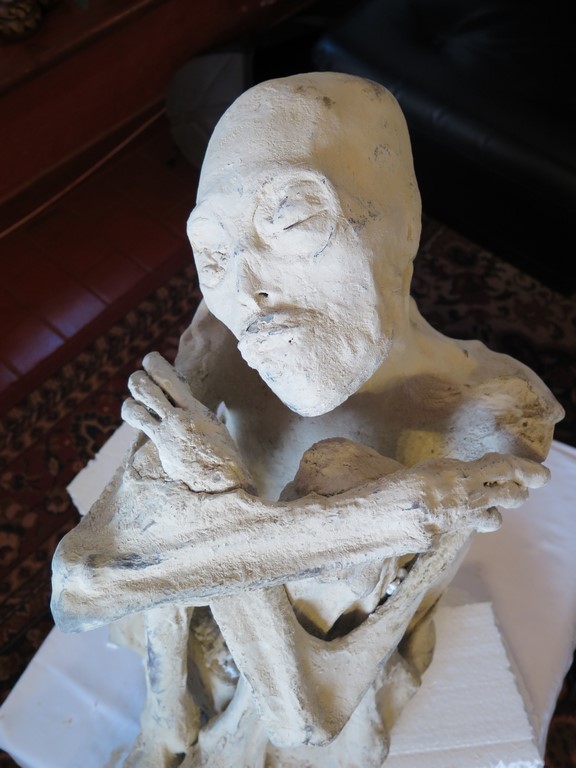
In a groundbreaking discovery that has captured the imagination of scientists and the public alike, a team of archaeologists in Sri Lanka has unearthed what appear to be ancient alien mummies. This extraordinary find, nestled in a hidden cave complex deep within the country’s lush tropical forests, has the potential to revolutionize our understanding of history and humanity’s place in the universe.

The discovery was made in the region of Anuradhapura, an area already rich in ancient cultural and religious history. The archaeologists, led by Dr. Sanjeewa Kulasekara, were initially exploring the cave complex for historical artifacts linked to early human civilizations. However, what they found was far beyond their wildest expectations: a collection of mummified remains that defy all conventional classifications.

The mummies, which have been carbon-dated to be over 2,000 years old, possess several features that are distinctly non-human. These include elongated skulls, large eye sockets, and unusually long limbs. Preliminary DNA analysis suggests that while these beings share some genetic similarities with humans, there are significant differences that hint at an extraterrestrial origin.
“This is an unprecedented discovery,” Dr. Kulasekara said in a press conference. “The implications are profound and could change the way we view human history and our place in the cosmos. We must approach this with an open mind and rigorous scientific inquiry.”
The mummies were found in a series of chambers adorned with intricate carvings and symbols that have no known counterparts in any recorded human culture. These carvings depict celestial scenes and what appear to be advanced technological devices, further fueling speculation about the extraterrestrial nature of the mummies.
Experts from around the world are converging on Sri Lanka to study the mummies and the cave complex. Among them is Dr. Elena Martinez, an astrobiologist from Spain, who believes this discovery could provide evidence of ancient contact between humans and an alien civilization. “If these mummies are indeed of extraterrestrial origin, it would mean that humanity has been visited by beings from other planets long before our current era of space exploration,” Dr. Martinez stated.
The Sri Lankan government has also expressed its commitment to preserving the site and facilitating further research. In a statement, the Minister of Culture and Arts emphasized the importance of international collaboration in uncovering the mysteries of this discovery. “This find belongs to all of humanity, and we are dedicated to ensuring that it is studied thoroughly and respectfully,” he said.
The news of the discovery has sparked a wave of excitement and speculation across social media platforms, with many people eagerly awaiting further updates from the research teams. While some remain skeptical, dismissing the find as a hoax or a misinterpretation, the scientific community is approaching it with cautious optimism.
As the research continues, the world watches with bated breath, eager to learn more about these mysterious beings and what they might reveal about our past and our connections to the stars. Whether these mummies are indeed evidence of ancient alien visitors or represent an unknown chapter of human history, their discovery marks a thrilling new frontier in the quest for knowledge and understanding.





